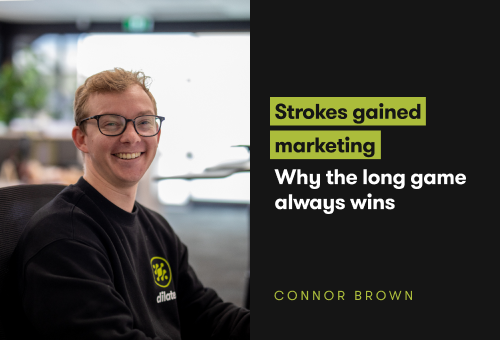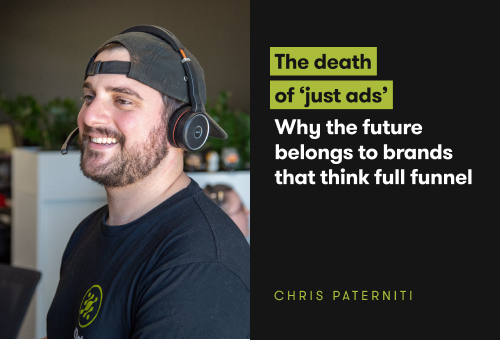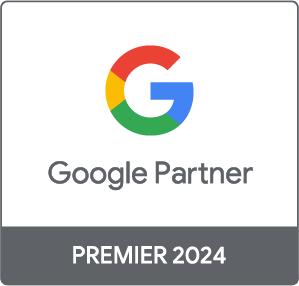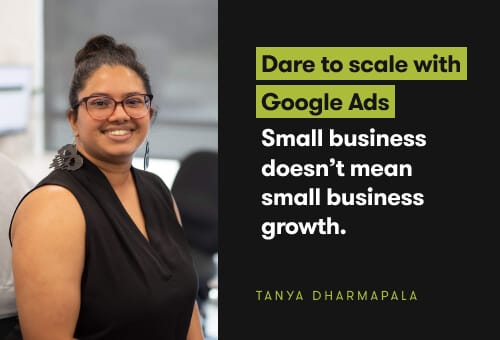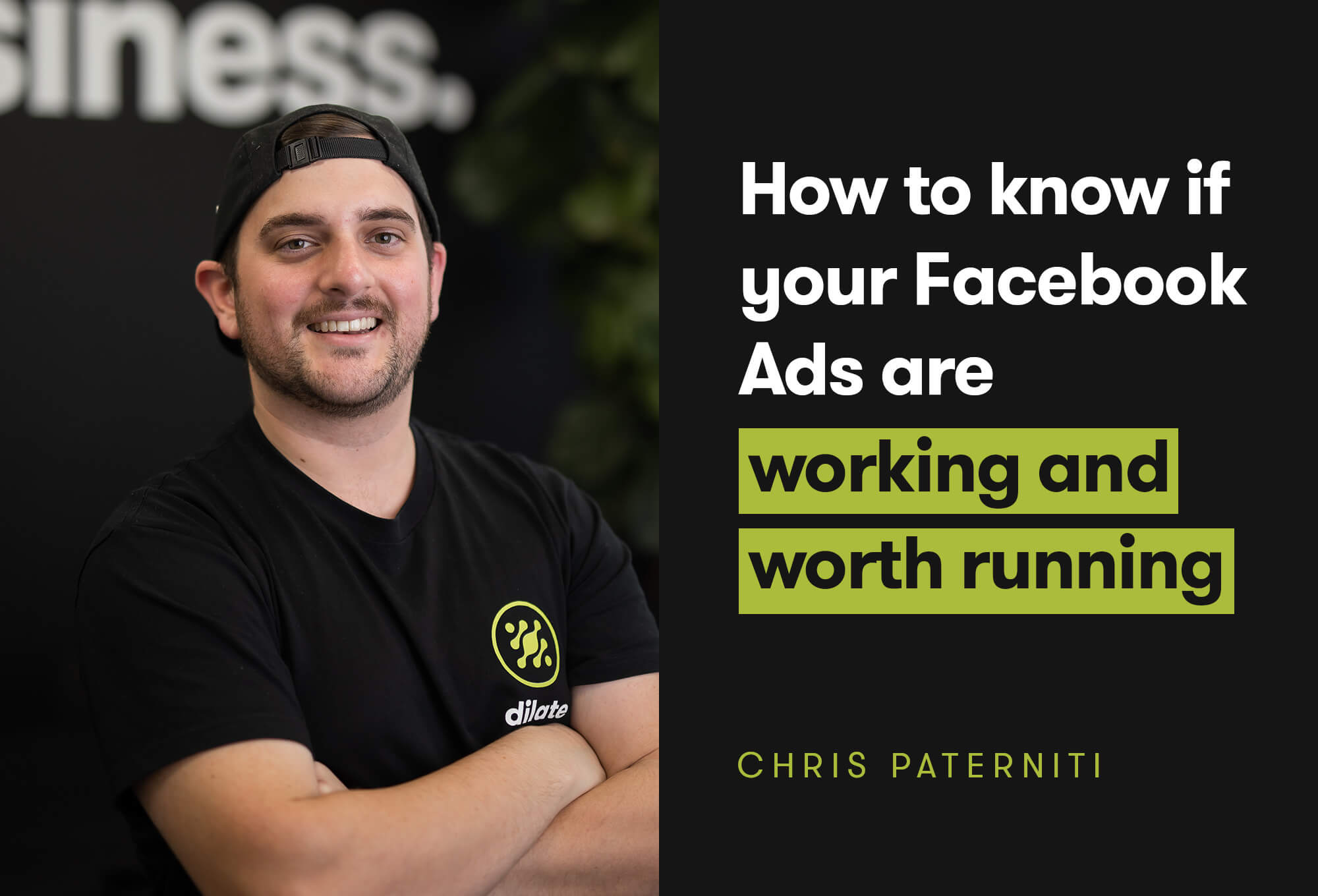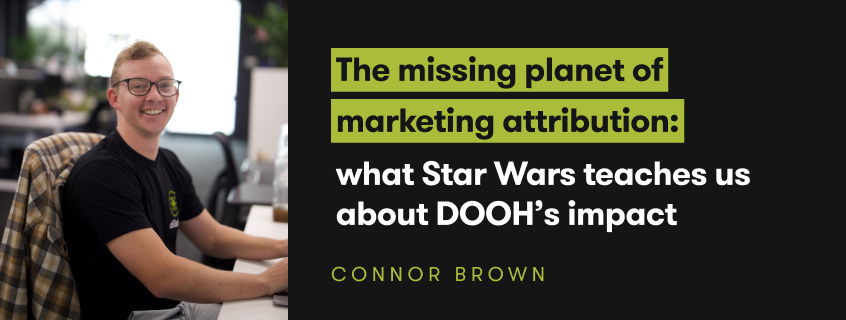
The missing planet of marketing attribution: what Star Wars teaches us about DOOH’s impact
In Star Wars: Attack of the Clones, Jedi Obi-Wan Kenobi stands in the Jedi Archives baffled by a mystery. He’s searching for the planet Kamino, but it’s nowhere to be found on the star maps. The archives show nothing-prompting the Jedi librarian to insist, ‘If an item does not appear in our records, it does not exist.’ Of course, Kamino did exist, its gravity tugging on nearby stars, revealing an invisible influence.
Marketers face a similar conundrum with digital out-of-home (DOOH) and traditional out-of-home (OOH) advertising. If the impacts of a billboard or digital sign don’t show up in our neat analytics dashboards, does that mean they don’t exist?
Absolutely not. Just like Obi-Wan discovered the missing planet by observing gravity’s pull, advertisers can spot DOOH’s impact by observing indirect signs of “gravity” in their other marketing metrics.
Cracking the DOOH attribution puzzle
Attributing performance to DOOH/OOH campaigns often feels like chasing an invisible planet. Unlike digital ads, where clicks and conversions are easy to track, OOH operates in the physical world, reaching many people at once without leaving straightforward digital footprints.
The metrics available for OOH are usually estimated impressions - how many people might have seen the ad based on foot traffic or vehicle counts. If 100,000 vehicles drive past your billboard in a day, that might be roughly 150,000 impressions (assuming about 1.5 people per car). These exposure numbers are useful info-but they won’t tell you how many of those people actually took action.
Traditional attribution models struggle here. OOH doesn’t work like a clickable PPC ad. A commuter might glance at your billboard and decide to check out your brand hours later when they’re home on their laptop. This indirect effect can lead skeptics to dismiss OOH: if it’s not in the dashboard, maybe it “does not exist.” But as any Jedi (or experienced marketer) will tell you, absence of evidence is not evidence of absence.
Despite these challenges, DOOH attribution is not an unsolvable puzzle. The industry has developed new methods – from mobile location data to exposure panels - to connect the dots. The key is to stop looking for the equivalent of a “click-through” in OOH and start looking for the gravitational pull that a killer campaign has on other metrics. In other words, we need to become Obi-Wan and notice the stars moving even if we can’t see the planet directly.
How to spot gravity’s pull (indirect signs of DOOH success)
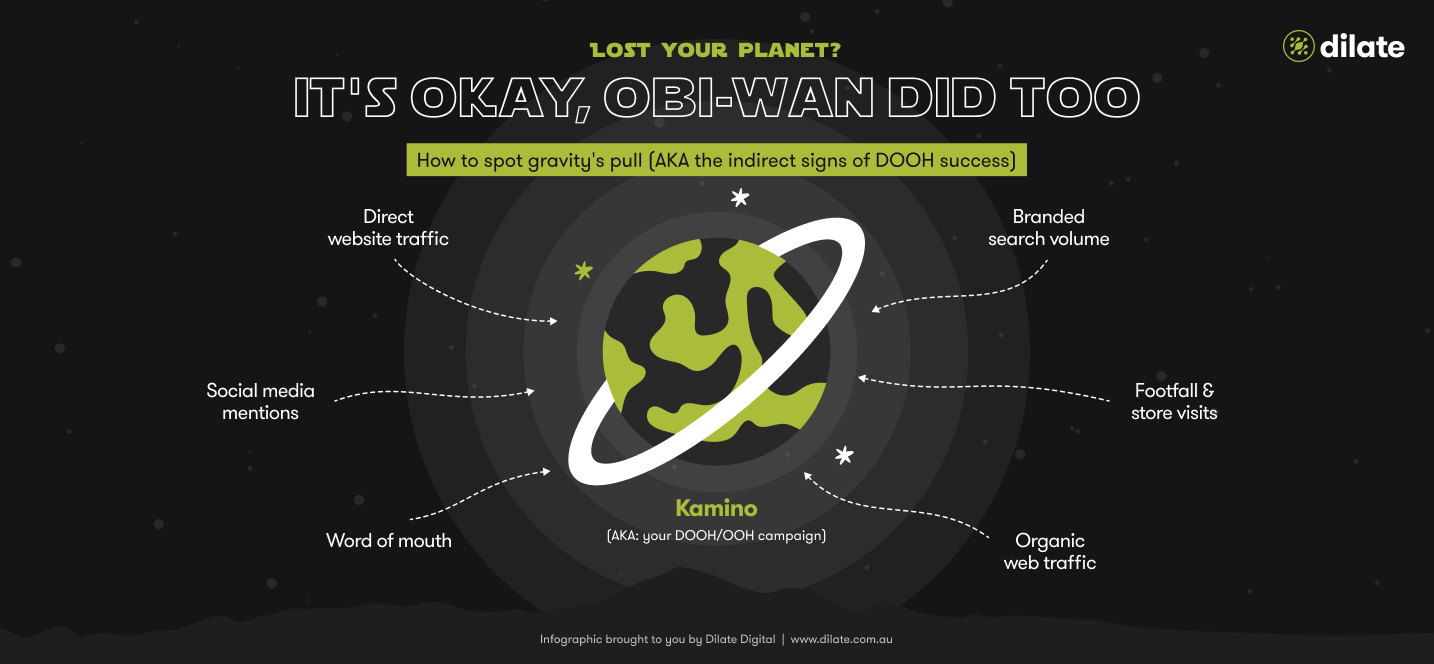
Alright, so how do you become Obi-Wan? How can you tell if your DOOH campaign is working, even when it leaves no direct digital trail?
By tracking the secondary effects, the ‘gravity’, that indicates your advertising is pulling in results. Marketers who run OOH often see lifts in other indicators that correlate to the campaign, including:
- Branded search volume: After a big outdoor campaign, you might see more people searching for your brand name or product online. This rise in Google searches for your brand is a strong sign that awareness from the billboard is translating into interest. In fact, it has been shown to drive measurable lifts in online search activity, directly tying physical ads to digital actions.
- Organic and direct website traffic: Keep an eye on your website analytics. Did your organic visits or direct traffic spike in the regions or time periods when the OOH campaign ran? Often, people who see a compelling DOOH ad won’t click anything (they can’t), but later they might navigate to your site or app on their own. Modern attribution tools even use mobile data to link exposure zones with subsequent web visits or app installs. An uptick in site traffic, especially from areas near your OOH placements, is another gravitational clue that your campaign made an impact.
- Footfall and store visits: For brands with physical locations, foot traffic is the holy grail. Did more people walk into your store or restaurant after the billboard went up? Using mobile location analytics, advertisers can now measure foot traffic attribution – essentially tracking how many devices that were near an OOH ad later visited a store. If you observe a surge in visits to your store, that’s a solid indicator of success.
- Social media and word of mouth: Although a bit harder to quantify, don’t overlook qualitative signals. Did you get a bump in social media mentions, discussions, or even just anecdotal feedback (“I saw your ad in the city!”) during the campaign? A creative DOOH activation can set off a mini-buzz online, acting as another indirect measure of engagement.
These indirect metrics serve as proxies to “see” the otherwise invisible impact of OOH. Much like Yoda and the younglings deduced Kamino’s existence from the gravitational effects, savvy marketers deduce OOH’s effectiveness by assembling these clues.
The good news? With today’s technology, we can track many of these outcomes with reasonable accuracy, closing the attribution gap that once plagued OOH. You can validate that your DOOH campaign worked – even if it requires looking at the problem from a different angle.
Why harnessing the force of brand awareness is so important
Why do channels like OOH create such powerful “pull” in those indirect metrics?
Because here’s the thing about OOH marketing. It doesn’t aim for immediate conversions. Instead, it primes people to act eventually. That broad brand awareness is harder to trace to a single ad exposure, but it massively amplifies the effectiveness of all your other marketing.
And that’s not just a nice theory. The recent study by brand tracking platform Tracksuit in partnership with TikTok put real numbers behind it, confirming the ‘gravitational’ power of brand awareness marketing. The study found that brands with high awareness achieved conversion rates nearly 2.86 times those of low-awareness brands. In plain English: if consumers recognise your brand (thanks to upper-funnel marketing like OOH), your lower-funnel ads convert almost three times better. That’s a multiplier effect any media buyer would love to have in their arsenal.
The same study showed how even modest increases in awareness can pay off. For example, a brand known by 4 out of 10 consumers was 43% more efficient at driving performance outcomes than a brand known by only 3 out of 10. That means an extra ~10% of the public knowing your name can translate to nearly half again better results on your sales activation campaigns. Talk about punching above your weight!
This reinforces a core truth: brand marketing (like DOOH) and performance marketing aren’t enemies battling for budget – they’re allies, each making the other stronger. James Hurman, co-founder of Tracksuit, boiled it down well, saying that to grow performance marketing efficiency, you must scale brand awareness in tandem.
In other words, trying to do pure performance marketing without investing in brand building is like a Jedi fighting with one arm tied behind their back. You miss out on the full power of the Force… er, the marketing mix.
How to bring balance to the marketing force
So, what’s a marketer to do? The lesson from both the Jedi and modern marketers is to seek balance. Obi-Wan couldn’t rely only on what the archive data told him; he also trusted observable evidence (gravity) and wise counsel (Yoda).
Marketers should do the same. Balance hard performance metrics with a broader view of brand impact. It’s not about choosing either brand or performance - it’s about getting the mix right.
An average 60/40 budget split between brand and performance marketing is a strong starting point, and you can tweak it based on your category and growth stage from there. Your optimal split may vary, but the principle holds: dedicate a healthy portion of budget to branding and broad reach, even if those efforts aren’t immediately attributable, while still funding the channels that drive quick wins.
And the most important part? Don’t forget to bring your team and stakeholders along to understand this balance. Tracksuit emphasises using language your CFO cares about – link your brand efforts to financial outcomes. For example, you can correlate a bump in brand awareness or search volume (post-OOH campaign) with lifts in sales or customer lifetime value. This helps the whole team see that those “missing” metrics are actually working in concert with your performance channels.
When everyone understands that brand marketing is like an investment (slow-building but high-yield), there’s less pressure to attribute every dollar in real-time and more commitment to long-term growth.
Finally, embrace new measurement tools without losing sight of the big picture. Yes, we can now use technology to better track OOH influence – from geo-location panels to econometric models - and you should leverage those. But also remember Obi-Wan’s epiphany: sometimes you have to infer an effect from context. If your store is suddenly full or your web traffic jumps after a campaign, enjoy that victory! Not every win will come with a tidy bow of attribution. And that’s okay.
A new hope for DOOH attribution
The tale of the missing planet has a happy ending: Obi-Wan eventually finds Kamino by following the evidence, and the Jedi uncover what was hidden.
In an omnichannel world, DOOH is not a stray asteroid on the fringes of your plan; it’s a planet of its own, exerting subtle yet significant force on everything around it. You might not always see that force in your day-to-day dashboards, but it’s there, shaping consumer behavior and bolstering your brand’s galaxy-wide presence.
So the next time someone asks, “Can we be sure that billboard paid off?”, you can confidently respond like a true Jedi marketer: Search your feelings (and your data), you know it to be true. The evidence is all around, if you know where to look. And with a balanced approach to brand and performance, you’ll bring harmony to the marketing Force – driving results today and building brand equity for the future.
References:
- Broadsign. “Understanding (D)OOH metrics: How to measure the success of out-of-home advertising.” Broadsign Blog. Explains how OOH impressions are calculated from foot and vehicle traffic.
- OOH Insider. “Why Outcomes Beat Clicks: Rethinking DOOH Measurement in a Cookieless World.” OOHInsider.com, Nov 20, 2024. Highlights the limitations of click-based attribution for DOOH and the subtle, indirect nature of OOH impact.
- OH Partners. “Out-of-Home is Underrated: Amplify Your Campaign’s Reach and Increase Your Results with OOH.” Blog, 2023. Notes that OOH ads can be tied to lifts in foot traffic, website visits, and online search activity, helping close the attribution gap.
- Tracksuit. “Our study with TikTok proves brand and performance marketing are actually BFFs.” Tracksuit Brand Land Blog, Sep 18, 2024. Summary of the TikTok x Tracksuit Awareness Advantage report, demonstrating that higher brand awareness leads to higher conversion rates.
- Luís Rijo. “TikTok Study: Brand Awareness boosts Performance Marketing ROI by 286%.” PPC Land, Oct 20, 2024. Reporting on the Awareness Advantage study: High-awareness brands achieve ~2.86× the conversion rate of low-awareness brands, and a jump from 30% to 40% awareness yields ~43% better performance outcomes. Also includes expert insight that brand awareness is a key driver of performance efficiency.
- Francesca Nicasio. “Brand vs. performance marketing: How to get the balance right.” Tracksuit Brand Land Blog, Oct 31, 2023. Discusses finding the optimal budget split (referencing the 60/40 rule) and how to communicate the value of brand investments internally.


